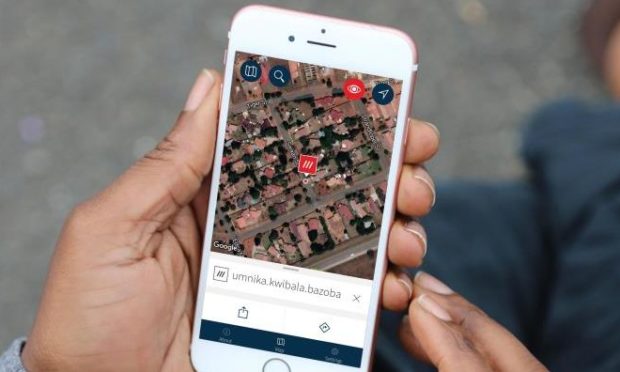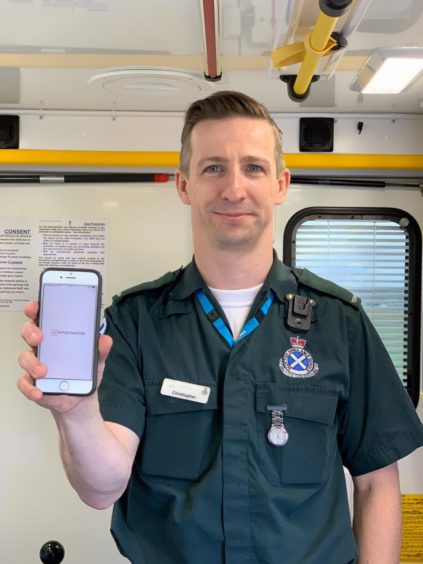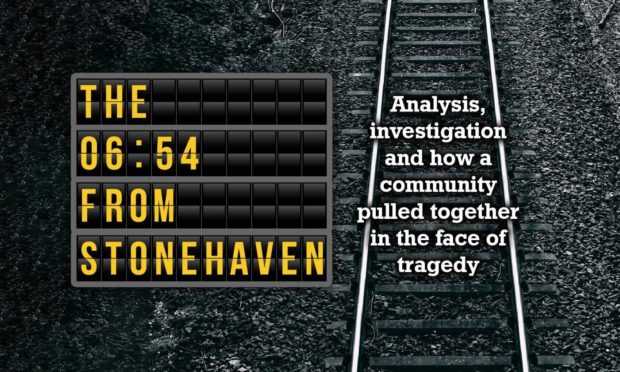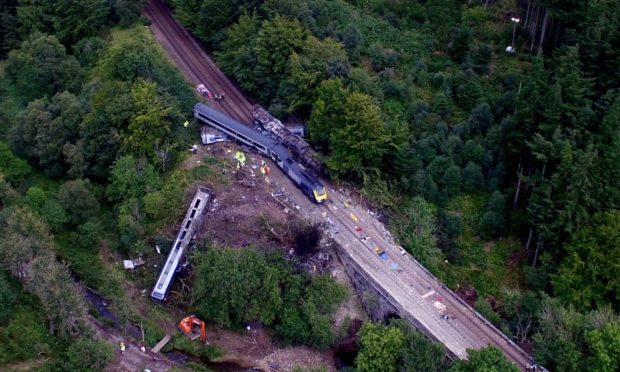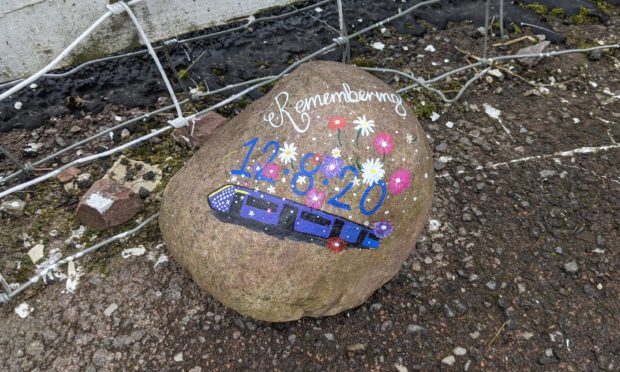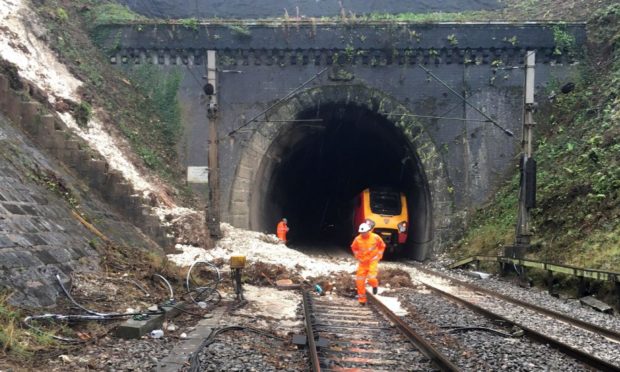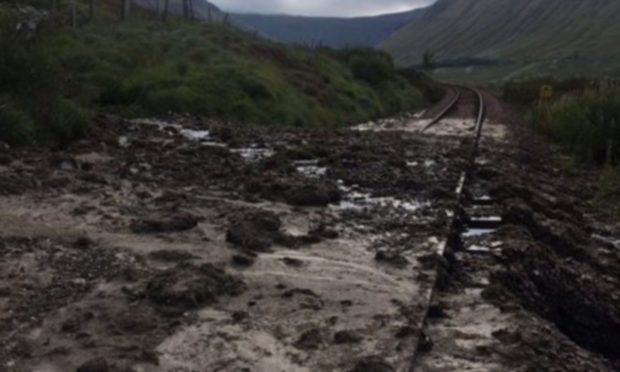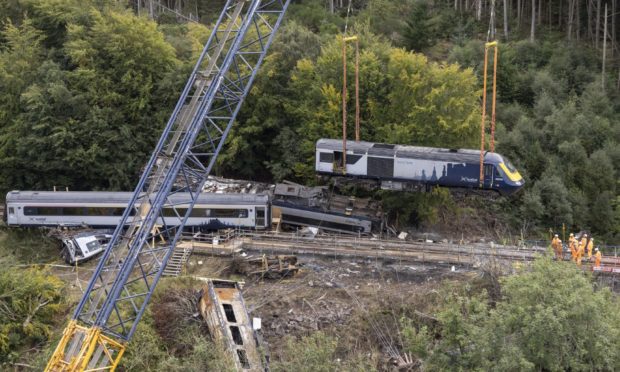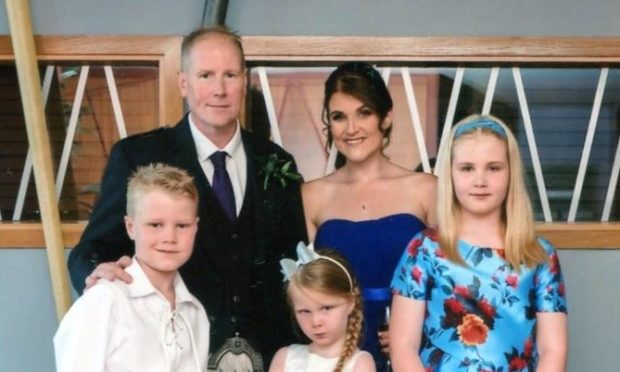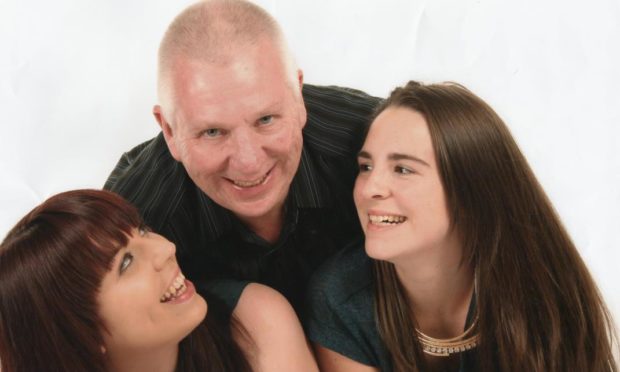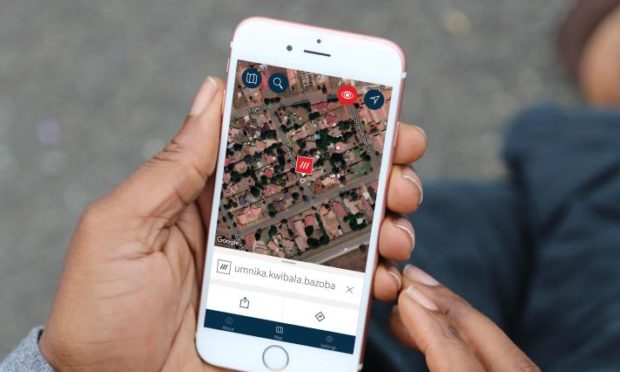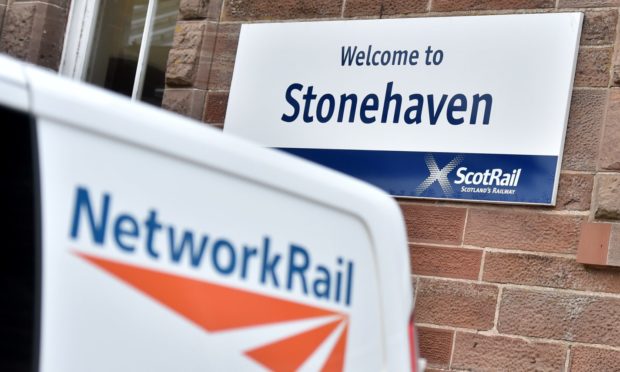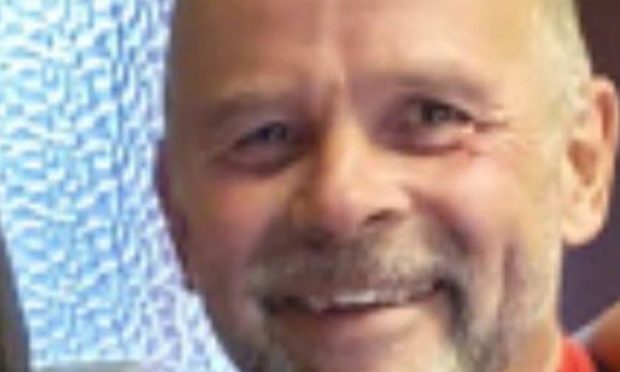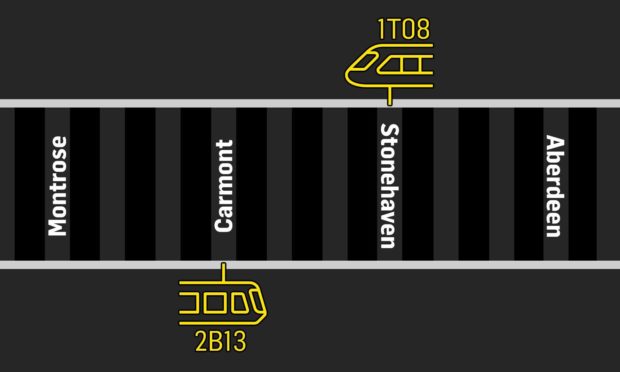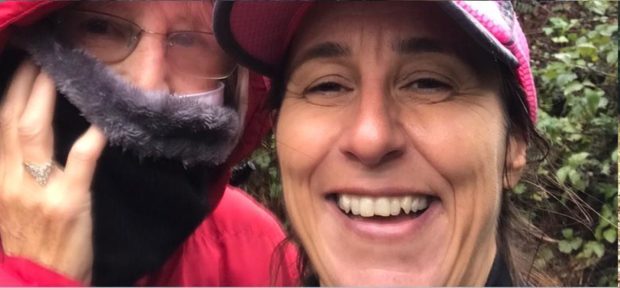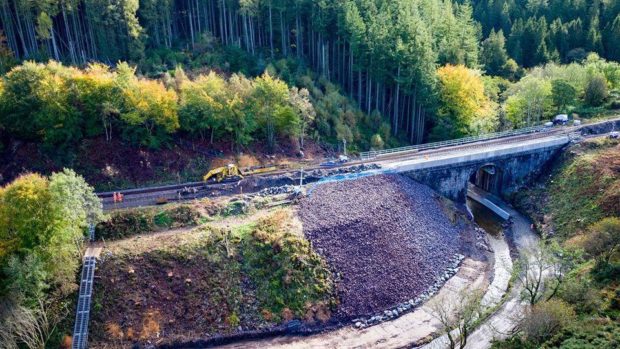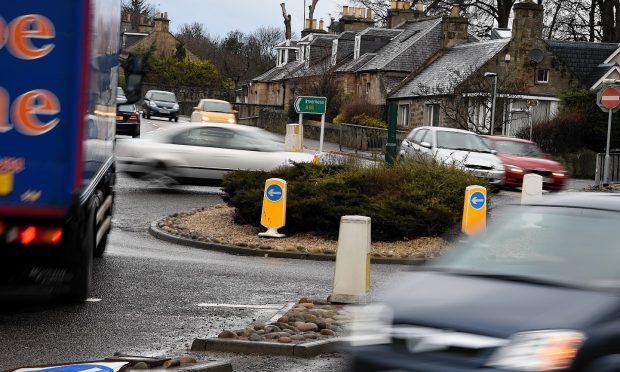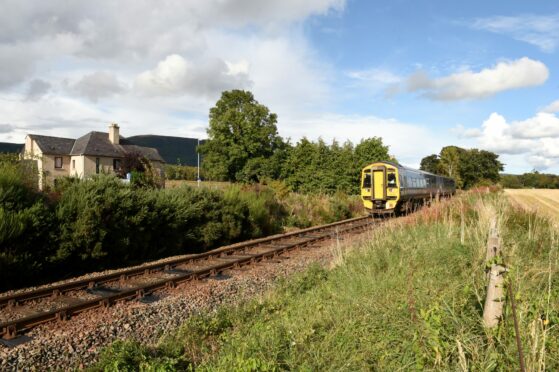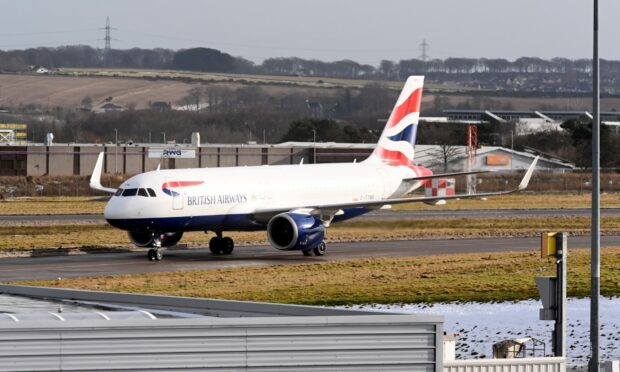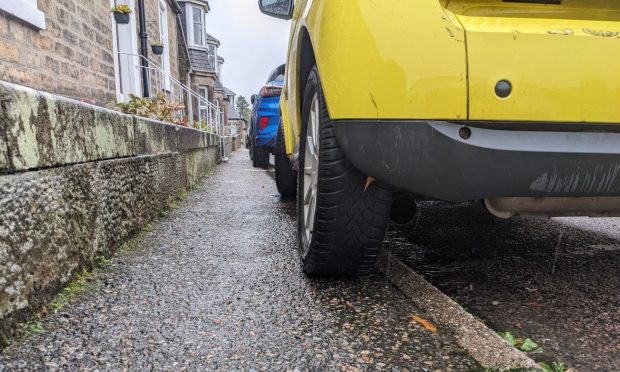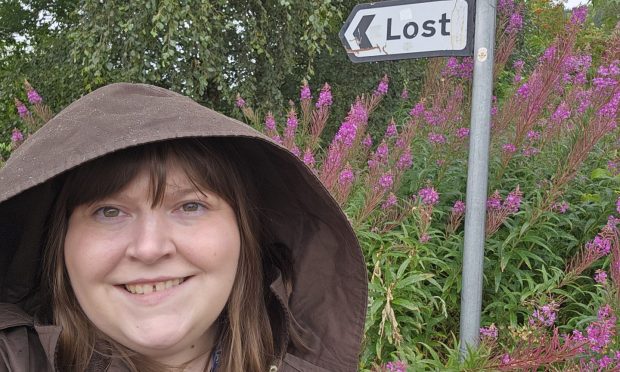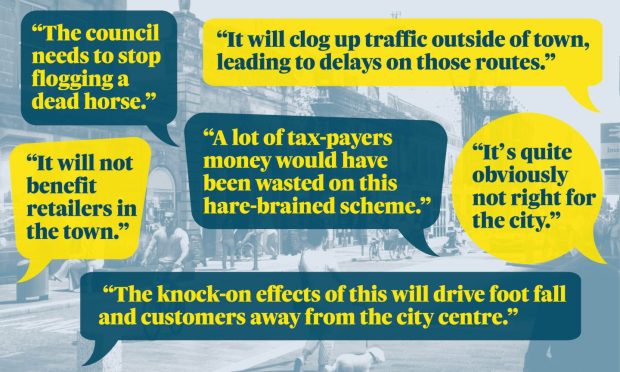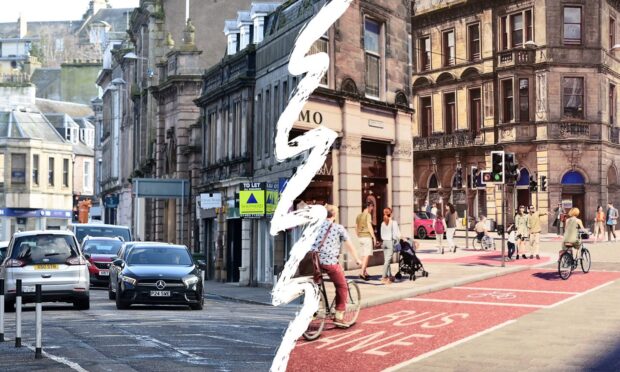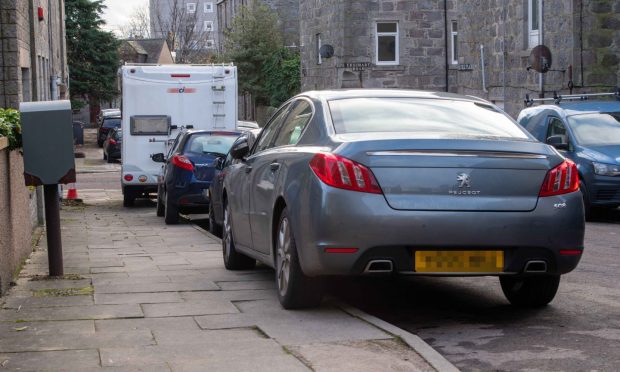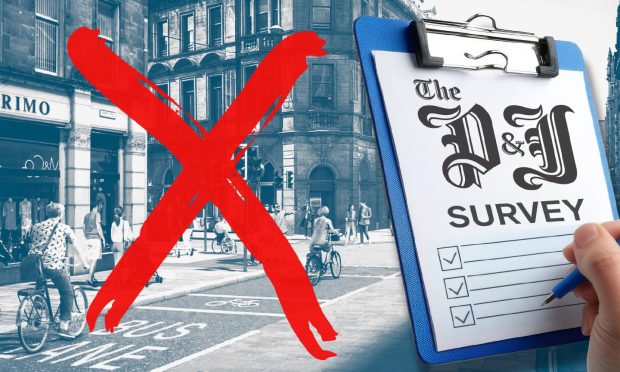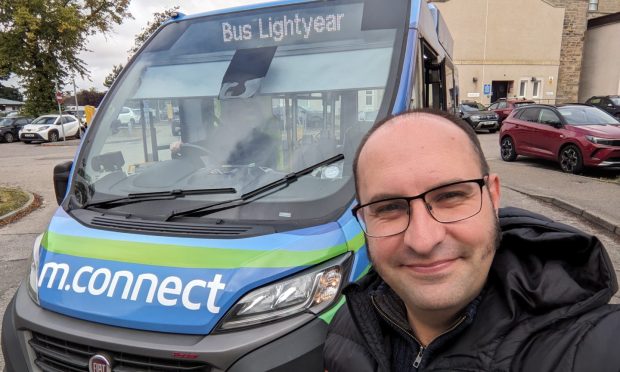A crime-fighting boss disappears without a trace – kidnapped by gangsters on the other side of the world.
Her shocked colleagues begin a frantic search to find her before it’s too late, with the aid of a handy mobile phone app.
This was the adrenaline-fuelled storyline of a well-known fictional US crime drama – but we can reveal the app at the centre of the story played a part in saving lives during the Stonehaven derailment.
NCIS Los Angeles pits naval criminal investigators against killers, gangsters and other lawbreakers and in one episode first aired on January 13, 2018, their manager is taken, sparking a race against time to save her.
But her crime-fighting colleagues have no clue where she is – until they find a secret code within a book.
The book gives them three words – failed, actor and skin.
At first glance, you may wonder how a random combination of three words can mean anything, but in actual fact – it means the whole world.
The combination is a reference to what3words, a mobile phone app that allows users to pinpoint a location to within 3 square metres, anywhere on the planet.
what3words app used on day of Stonehaven rail crash
We can reveal that the first person to raise the alarm on the morning of August 12 was a Network Rail worker who was part of the team carrying out scour protection works at the bottom of the bridge where the train derailed.
According to information we obtained from Police Scotland using freedom of information laws, at 9.40am – seconds after the crash – the worker used the app to tell a 999 operator the exact location of the tragedy.
All 38,000 Network Rail staff have the app on their phone.
It enables them to call 999 and quote three words to the operator, who can instantly deploy emergency services to that precise location.
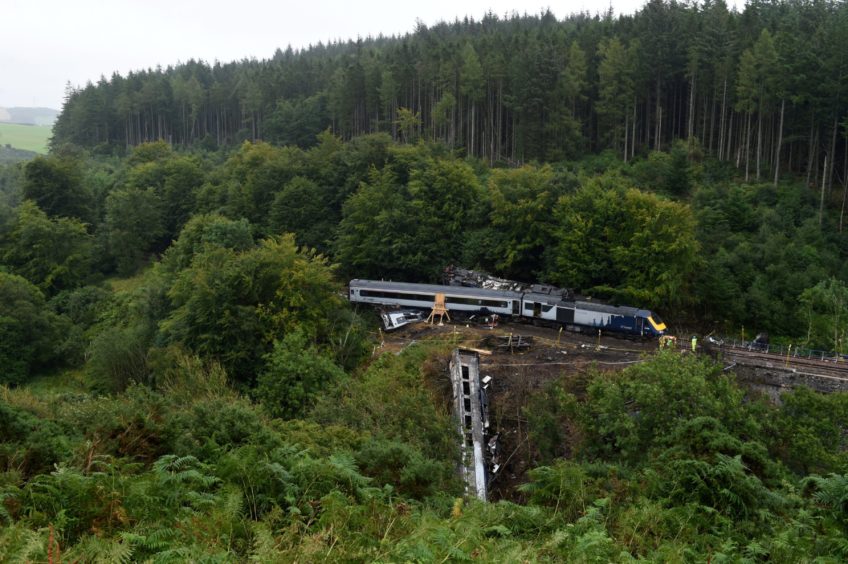
In the case of NCIS, it was Hanoi and in the case of the Network Rail worker it was a patch of land on the outskirts of Stonehaven.
The app is a useful tool in emergencies, where time is of the essence, especially when there are few landmarks for 999 callers to describe, like at the crash site.
In the case of the derailment, it ensured not a single second of extra time was spent establishing the scene of the crash, so paramedics could get there as quickly as possible.
According to what3words’ chief marketing officer Giles Rhys Jones, emergency workers from across the world began downloading the app after that episode of NCIS Los Angeles first aired in January 2018.
Jones said: “In that show, they sent in the choppers, there were tigers and machine guns – it was an epic show.
“Our user numbers started going through the roof.
“There was a police officer who was watching that in the UK and thought ‘wow this could really help me with fly-tipping reports’ and he started using it to report incidents
“Then we saw it happen more and more, organically – people reporting fires in the middle of nowhere.
“We got in touch with a few of them to see if we could help.”
Who created the what3words app?
The app was the brainchild of events organiser Chris Sheldrick, who got tired of his staff getting lost trying to find particular entrances at remote music festivals.
He teamed up with maths whizz Mohan Ganesalingam – and the pair found the answer on a coffee table.
Jones said: “There happened to be a dictionary on the table. They did a bit of maths and concluded that 3 metres v 3 metres feels like it’s small enough to be useful.
“There’s around 57 trillion of those spaces in the world, and worked out that 40,000 words would give you around 64 trillion combinations.”
How does the what3words app work?
The free app works in 46 languages and uses GPS, so doesn’t need the internet.
What3Words is provided to emergency services, non-government organisations and charities and makes its money selling its services to businesses, such as DHL, Hermes and Mercedes.
Jones said: “You can get in your Mercedes, press the voice button and say ‘hey Mercedes, take me to this three-word combination’.
“If you’re staying at a Premier Inn, it will put the three-word combination on the bottom of your booking confirmation to guide you to the hotel entrance.”
Other clients include navigation apps designed for climbers and hikers, such as ViewRanger.
Jones said 999 operators have what3words built into police mapping software and the service can be used in one of two ways.
He added: “Either the caller has the app already and can use it to quote the three words to the operator, or there is another way.
“We developed a function that allows the operator to text the caller a link.
“When the caller clicks that link it displays the three words of the place they are standing.”
That function was designed to use the least amount of data possible – only 7mb, so the text message opens on the caller’s phone quickly.
The app can read the three words aloud, in case the caller is unable to talk or there is a language barrier.
Who uses it?
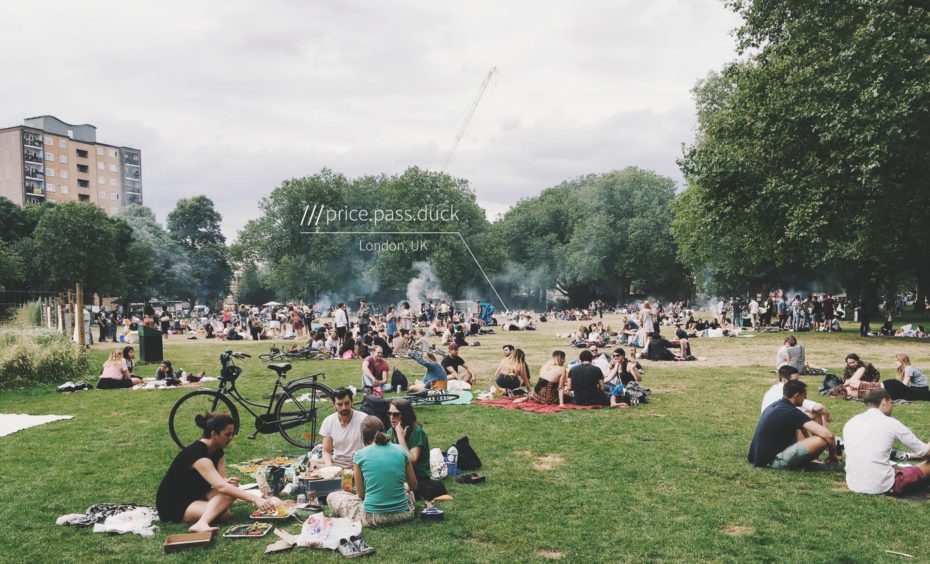
Some 36 UK police divisions, 45 fire services and 14 ambulance services use what3words, including the Scottish Fire and Rescue Service and the Scottish Ambulance Service.
It is also used by the British Transport Police and the Coastguard, which both serve Scotland and took part in the Stonehaven derailment emergency response.
Network Rail has trained its contact centre staff to accept and respond to what3words addresses being given by the public.
All Network Rail staff have the app on their work phones in case they get into difficulties, particularly because they often work in remote locations, and sometimes work alone.
‘This could be a potentially lifesaving piece of kit’
The first documented use by rescuers in the north of Scotland came in September 2019 when a 30-year-old hiker became lost on sand dunes on Harris, with a broken ankle.
The watch staff at Stornoway Coastguard centre pinpointed his position within minutes of getting him to download the what3words app and located him.
Tarbert Coastguard Team headed straight for him and helped him to safety and he was taken to hospital by helicopter for a check-up.
A Stornoway Coastguard spokeswoman said: “The app was excellent and very accurate.
“When the casualty called in he said he was at Luskentyre beach. That’s a big beach to search and darkness had fallen.
“An ambulance was on its way, but paramedics did not know where to find him.”
There was a similar incident the following month when a woman was rescued on a coastal path in Stornoway.
Afterwards, Stornoway ambulance technician Christopher Adams encouraged people to download the app.
He said: “The app 100% saved valuable time. This could be a potentially lifesaving piece of kit.
“For anyone heading out to a rural location, whether they are going to the peats or going out hill-walking, have the app ready as you don’t know when it might be needed.
“It made our job a million times easier.”
Other emergency service workers across the UK have echoed Adams’s message.
In August, Hampshire firefighter Shannon Doughty posted a video on the TikTok video app – popular with teenagers – encouraging people to use what3words, should they find themselves in trouble.
You don’t know where you are? There’s an app that can help @what3words #firefighter #fail #what3words #location #help999findyou pic.twitter.com/aUd39jrYla
— Shannon Doughty (@ShannonDoughty) August 12, 2020
Most recently the app was used to rescue four hillwalkers in their 20s who had lost their way atop Ben MacDui in the Cairngorms on August 27.
Volunteers from Braemar Mountain Rescue Team were able to locate them and guide them down the mountain safely.
‘It’s pretty humbling to see the app being used, especially when it is saving lives’
With a cautious tone, Jones said: “We’re not saying people should go up mountains in a pair of trainers and a T-shirt and that what3words is enough to save them. People always need to equip themselves properly,” he added.
The app has also been used by energy firms to locate people on oil platforms and those in supply boats in the North Sea.
Giles said: “It’s pretty humbling to see the app being used, especially when it is saving lives.
“The derailment was tragic. It is good to know the app was useful in the response.
“We are learning all the time that there are many applications for the app as we go into the future.”
